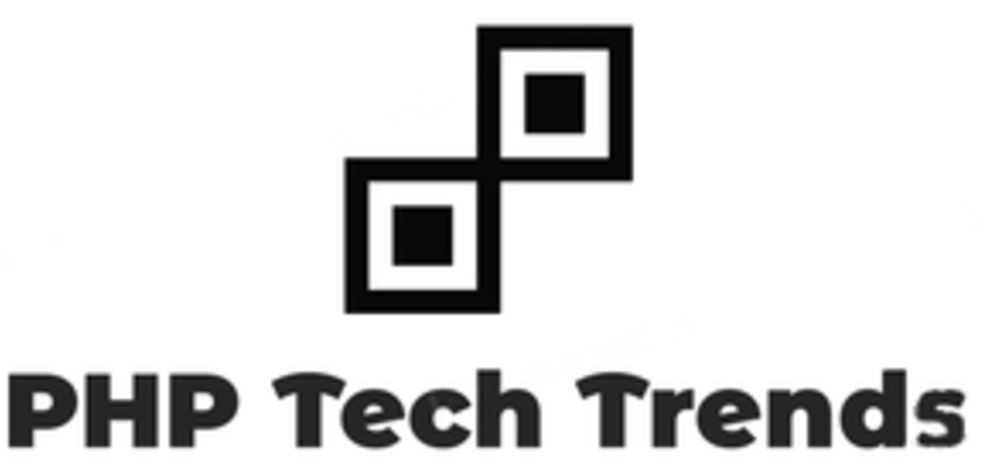With the increasing reliance on technology in today’s business world, ensuring secure data transmission has become a top priority. And when it comes to developing robust and secure applications, PHP is one of the most popular scripting languages out there. But how can we guarantee that sensitive information remains protected during its journey across networks?
The answer lies in SSL/TLS, an encryption protocol that ensures data integrity and confidentiality while transmitting information over the internet. In this blog post, we will explore the significance of securing data transmission for business apps developed using PHP and delve into the implementation of SSL/TLS certificates to safeguard your valuable data.
So fasten your seatbelts as we embark on a journey through the intricacies of PHP and SSL/TLS, unraveling best practices and solutions to achieve ultimate security for your business applications!
Why Secure Data Transmission is Important for Business Apps
Businesses are increasingly relying on applications to streamline their operations and communicate with customers. However, with the rise of cyber threats, it has become imperative for these apps to prioritize secure data transmission.
Data breaches can lead to severe consequences for businesses, including financial loss, damage to reputation, and legal repercussions. By implementing SSL/TLS protocols in their PHP applications, businesses can ensure that sensitive information such as customer data and financial transactions are encrypted during transmission.
SSL and its successor TLS provide a secure channel between the server and client by encrypting the data sent over the internet. This encryption makes it extremely difficult for hackers to intercept or tamper with the transmitted data.
Implementing SSL/TLS in PHP applications is relatively straightforward. With various libraries available like OpenSSL or cURL extensions, developers can easily integrate SSL certificates into their codebase. By configuring HTTPS on web servers along with certificates installed on them, all communication between clients and servers becomes encrypted.
To enhance security even further when transmitting sensitive data within business apps using PHP and SSL/TLS protocols:
1. Regularly update SSL/TLS versions.
2. Use strong cipher suites for encryption.
3. Implement two-factor authentication where possible.
4. Conduct regular vulnerability assessments and penetration testing.
5. Keep logs of all activities related to secure transmissions.
By following these best practices, businesses can stay ahead of potential threats while ensuring the confidentiality and integrity of their users’ information.
Remember: Secure data transmission is not just an add-on feature; it should be an integral part of every business app development process!
Understanding SSL/TLS Certificates
When it comes to securing data transmission in business apps, understanding SSL/TLS certificates is crucial. These certificates play a vital role in establishing a secure connection between the client and server.
An SSL/TLS certificate essentially acts as a digital passport that verifies the identity of the website or application. It ensures that the data transmitted between the user’s browser and the server remains encrypted and cannot be intercepted by malicious actors.
To obtain an SSL/TLS certificate, businesses need to go through a verification process with a trusted Certificate Authority. The CA validates various details such as domain ownership, legal entity information, and more to issue the certificate.
Once installed on the server, the certificate enables HTTPS connections, which use encryption protocols like TLS to protect data during transit. This provides users with confidence that their sensitive information is being securely transmitted.
Understanding SSL/TLS certificates is essential for businesses looking to ensure data security in their applications. By implementing these certificates correctly, organizations can establish trust with their users and safeguard sensitive information effectively.
Implementing SSL/TLS in PHP Applications
Ensuring the security of data transmission is crucial for any business application. One effective way to achieve this is by implementing SSL/TLS in PHP applications.
To get started, you’ll need an SSL/TLS certificate issued by a trusted Certificate Authority (CA). This certificate acts as proof that your website can be trusted and establishes an encrypted connection between the server and client.
In PHP, you can enable SSL/TLS support through various methods. One commonly used method involves configuring the web server, such as Apache or Nginx, to use HTTPS instead of HTTP. Additionally, you can use the cURL library or OpenSSL extension to handle secure connections within your application code.
Consider enabling HSTS (HTTP Strict Transport Security) to enforce secure communication over HTTPS only. This helps prevent downgrade attacks and ensures that all future requests are automatically redirected to HTTPS.
Regularly update your SSL/TLS certificates and monitor their expiration dates. Implementing automated processes for certificate management can help streamline this task.
Remember that securing data transmission doesn’t end with just implementing SSL/TLS; proper input validation and output encoding should also be implemented to protect against other types of vulnerabilities like cross-site scripting.
By adopting these best practices for implementing SSL/TLS in PHP applications, businesses can enhance their security posture while safeguarding sensitive information transmitted between clients and servers.
Best Practices for Securing Data Transmission with PHP and SSL/TLS
One of the most crucial aspects of securing data transmission in PHP applications is implementing best practices for SSL/TLS. By following these guidelines, businesses can ensure that their sensitive information remains protected from unauthorized access.
It is essential to use strong encryption algorithms and protocols when configuring SSL/TLS. This includes using the latest versions, such as TLS 1.3, and enabling forward secrecy to prevent decryption of past communications.
Always obtain SSL/TLS certificates from trusted Certificate Authorities (CAs). These certificates validate the identity of your server and establish a secure connection with clients. Regularly update and renew these certificates to maintain security.
Regularly monitor your application’s logs for any suspicious activities or potential vulnerabilities related to SSL/TLS implementation. Promptly address any identified issues or weaknesses in order to maintain a robust security posture.
By adhering to these best practices for securing data transmission with PHP and SSL/TLS, businesses can enhance their overall security stance while safeguarding sensitive information from potential threats or unauthorized access.
Challenges and Solutions for SSL/TLS Implementation in Business Apps
Implementing SSL/TLS in business applications can come with its fair share of challenges. One common challenge is the initial setup and configuration process. It requires technical expertise to generate the necessary certificates, configure web servers, and ensure proper encryption protocols are in place.
Another challenge is ensuring compatibility across different platforms and devices. With a wide variety of browsers, operating systems, and mobile devices in use today, it can be tricky to guarantee that SSL/TLS will work seamlessly for all users. Regular testing and updates are crucial to address any compatibility issues that may arise.
Maintaining the performance of an application while implementing SSL/TLS encryption can also be a concern. Encryption adds an extra layer of processing overhead, which could slow down response times. Optimal configuration settings, such as choosing appropriate cipher suites and hardware acceleration options, can help mitigate this challenge.
One solution to these challenges is using reputable certificate authorities to obtain SSL/TLS certificates. CAs provide trusted certificates that are recognized by most browsers and devices out-of-the-box, reducing compatibility issues.
Although there may be challenges when implementing SSL/TLS in business apps, with careful planning, proper configuration techniques,and regular maintenance practices,the benefits of secure data transmission far outweigh the obstacles involved.
Conclusion
Securing data transmission is crucial for businesses that rely on PHP applications to handle sensitive information. Implementing SSL/TLS protocols in these applications ensures that data remains encrypted and protected during transit, safeguarding it from unauthorized access.
We explored the importance of secure data transmission in business apps and how SSL/TLS certificates play a vital role in achieving this security. We discussed various best practices for implementing SSL/TLS in PHP applications, such as keeping software up-to-date, validating certificates, and configuring secure connections.
We also highlighted some challenges that may arise during the implementation process and provided solutions to overcome them. It’s important for businesses to stay informed about potential vulnerabilities and take proactive measures to mitigate risks.
So go ahead! Implement SSL/TLS protocols into your PHP applications today and provide robust protection for all transmitted data within your business environment!

